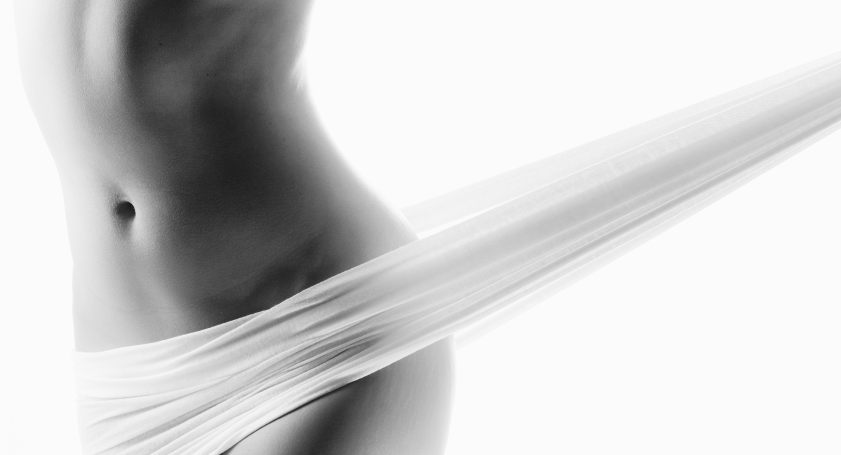Liposuction

If You’re Considering Liposuction…
The procedure has been improved greatly in the past 10 years, and there are many new techniques available. Ultrasound-assisted lipoplasty, the tumescent technique, and the super-wet technique are all new liposuction techniques that provide patients with better results and a faster recovery.
Although everyone has a slightly different experience with liposuction, there are many aspects to the procedure that are almost always the same. If you have any questions or concerns about the procedure, you can ask Dr. Leonard.
The Best Candidates for Liposuction
Liposuction can improve your appearance and boost your confidence, but it might not help you reach all of your cosmetic goals. Before you choose to have liposuction, you and Dr. Leonard should discuss your expectations and whether the procedure will meet them.
People who have diabetes, heart or lung disease, or poor blood circulation are usually not good candidates for liposuction. The procedure is also riskier for individuals who have recently undergone surgery near the area where they want to remove fat.
Planning Your Surgery
Getting the Answers You Need
Preparing For Your Surgery
Before your procedure, arrange for a friend or family member to drive you home after the surgery. You also may need someone to help you at home for one or two days while you recover.
Where Your Surgery Will Be Performed
Anesthesia for Liposuction
Dr. Leonard will help you select the safest and most effective type of anesthesia for your surgery.
Some people prefer to receive general anesthesia, especially if the surgery is targeting a large amount of fat. In this case, an anesthesiologist or a nurse anesthetist will be present during the surgery.
The Surgery
As you lose fat, your body will also lose fluid. To prevent shock, your body needs the lost fluid to be replaced immediately. During and after the surgery, you’ll receive intravenous fluids.
Technique Variations
Many surgeons today use fluid injection. With this technique, a medicated solution is injected into the fat before the fat is removed. This reduces blood loss and helps the surgeon remove the fat more easily. The fluid also includes a local anesthetic, so the surgeon doesn’t need to use an additional anesthetic during the procedure.
With the tumescent technique, the surgeon uses larger volumes of fluid. In some cases, the technique requires three times as much fluid as there is fat to be removed. Tumescent liposuction takes longer than basic liposuction, sometimes up to four or five hours.
The super-wet technique is similar, but it uses a smaller amount of fluids. Usually, the super-wet method uses the same amount of fluid as there is fat to be removed. Most patients need general anesthesia or IV sedation for this technique, but it only takes one or two hours to complete the procedure.
The ultrasound-assisted lipoplasty, or UAL, technique uses a tube that produces ultrasonic energy. This causes the walls of the fat cells to explode, which liquifies the fat. Then, the fat is suctioned away with the basic liposuction technique. UAL can make the liposuction procedure more effective in fibrous areas like the upper back. It usually takes longer to complete the surgery than when using the traditional liposuction technique.
All Surgery Carries Some Uncertainty and Risk
Some potential complications of liposuction include infection, healing delays, fat clots or blood clots, shock from excessive fluid loss, friction burns or skin damage, and unfavorable drug reactions.
The new techniques also have their own risks. For example, the heat from the ultrasound device with the UAL technique may cause skin or tissue injury. Also, because the treatment is new, the long-term effects of UAL are unknown. With the tumescent or super-wet techniques, the fluid may cause lidocaine toxicity, or the fluid may collect in your lungs. Although these complications are uncommon, you should discuss any concerns or worries with Dr. Leonard before your procedure.
The scars from the procedure will be small and mostly hidden from view. Some people do see imperfections in their appearance after liposuction, though. Your skin may appear irregular or asymmetric, and you may experience numbness or pigmentation.
After Your Surgery
You might not feel great or look great immediately after liposuction. The new techniques can reduce pain or discomfort after the surgery, but swelling, bleeding, numbness, and other pain is common. Dr. Leonard may prescribe medications to help with pain.
Many people feel anxious or depressed in the days following their procedure. As your body heals, you should start to feel better physically and mentally.
Getting Back to Normal
Your body will continue to heal for about a month, and you should avoid strenuous activity for that time. Most bruising and swelling should disappear within three weeks, but you may see some swelling for six months.
You will visit Dr. Leonard for follow-up visits to make sure your body is healing properly. If you
have heavy bleeding, intense pain, or any other worrying symptoms, contact Dr. Leonard.
Your New Look
Liposuction can help you become more comfortable in clothing and more confident in your appearance. If you continue to exercise and eat a healthy diet, you’ll maintain your new body shape.
Contact Leonard Plastic Surgery
Leonard Plastic Surgery
Water Place │ 500 Liberty Street S.E., Suite 400 │ Salem, OR 97301
(503) 391-2760 │leonardplasticsurgery@gmail.com





